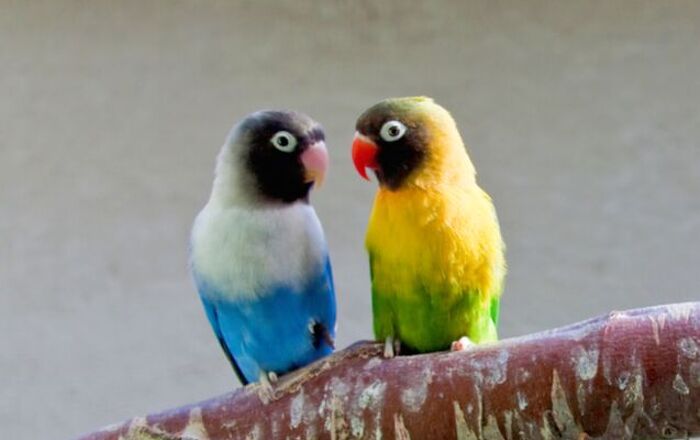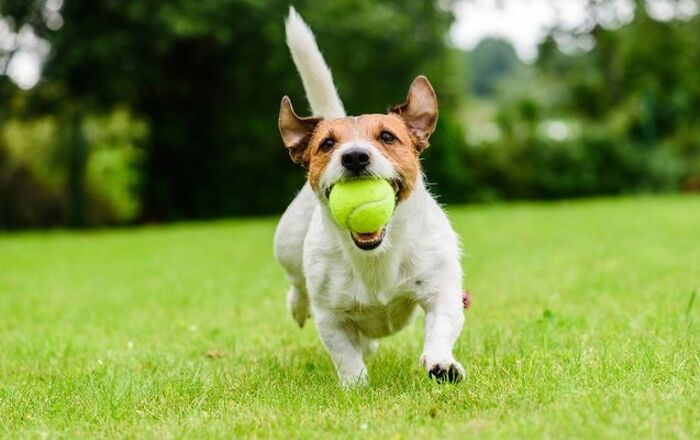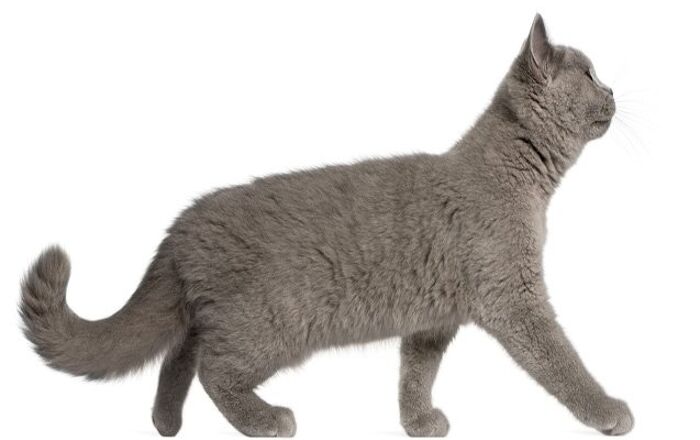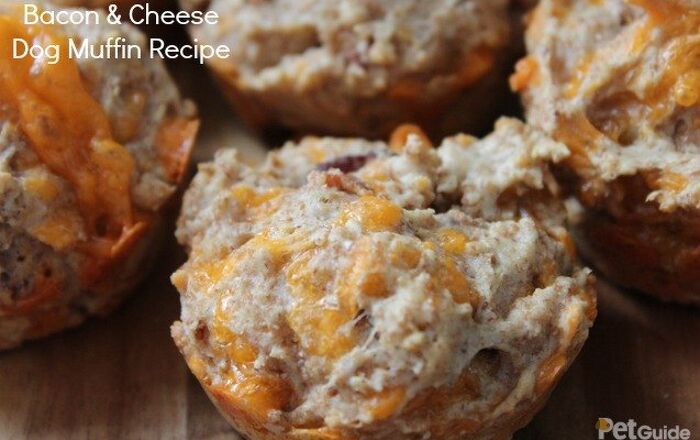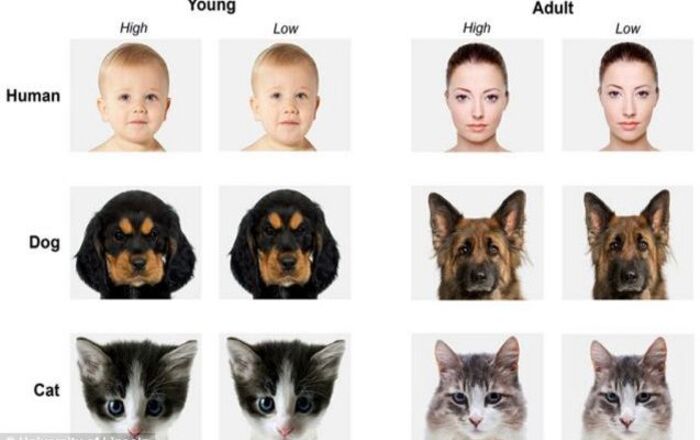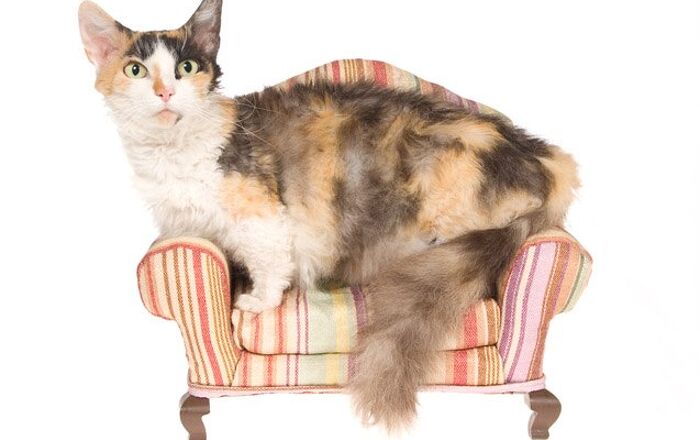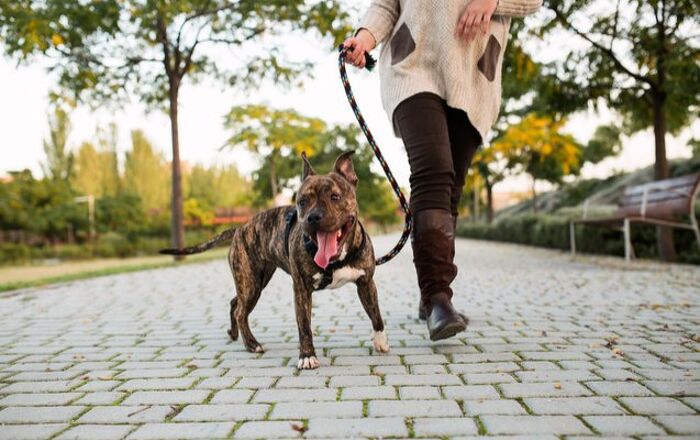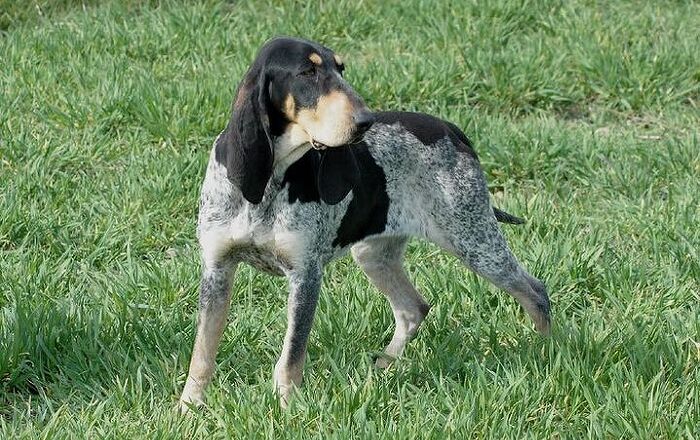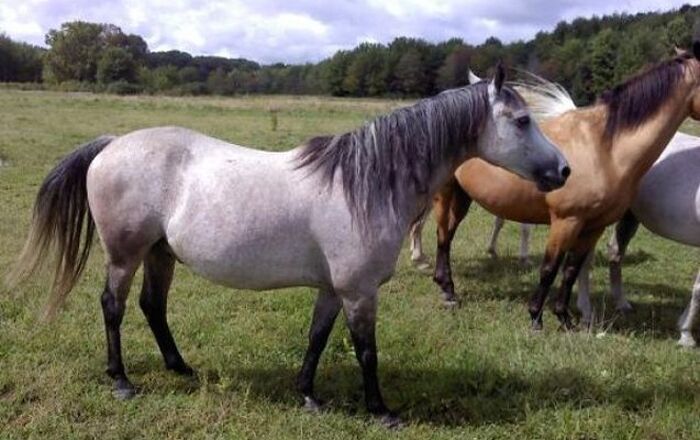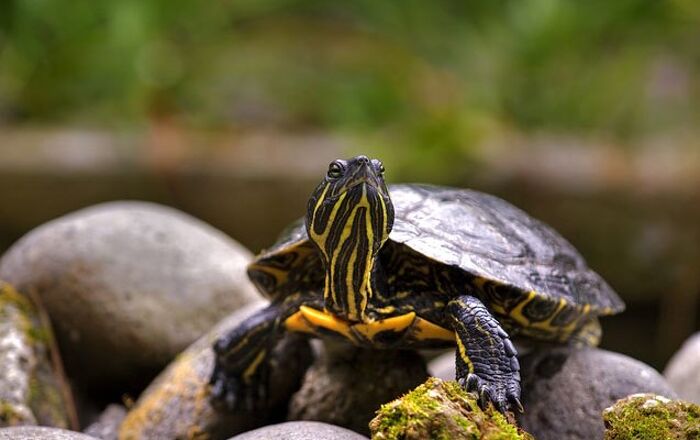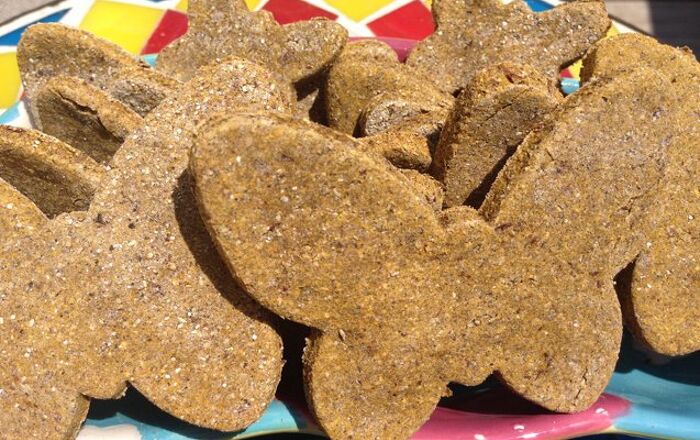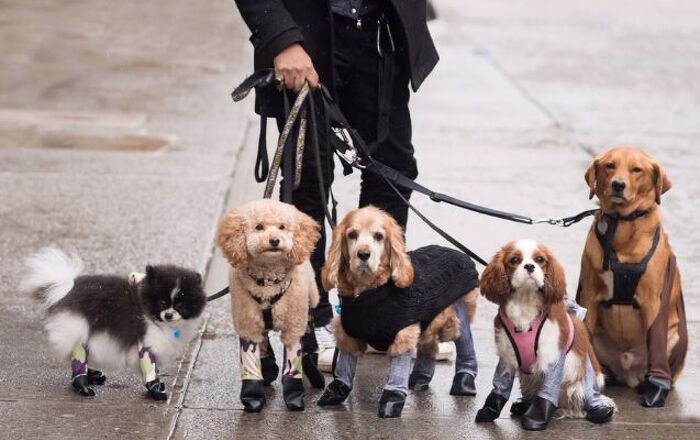
Perro de Presa Canario Basics
When you see the Perro de Presa Canario face-to-face you will probably be impressed with his size and strength. These dogs were developed from mastiff- and bulldog-type breeds, bred for their strength and muscular build. Although the Perro de Presa Canario may look intimidating, they can be calm and obedient with proper training. This breed is definitely not a good choice for inexperienced dog owners, however, because they can be dominant and willful.
Although the Perro de Presa Canario may look intimidating, they can be calm and obedient with proper training.
Origin
The Presa Canario breed is more commonly known as the Perro de Presa Canario, or the Canary Mastiff. This breed is a Molosser-type dog that was originally developed for working with livestock. The Perro de Presa Canario comes from the Canary Islands and its origins can be traced all the way back to the Roman Empire. This breed was developed between 43 and 89 AD, known for fighting alongside the Romans and the British during the Roman Conquest of Britain. Later, the breed came to be known in dog-fighting circles until the 1940s when dog fighting was outlawed.
Pedigree
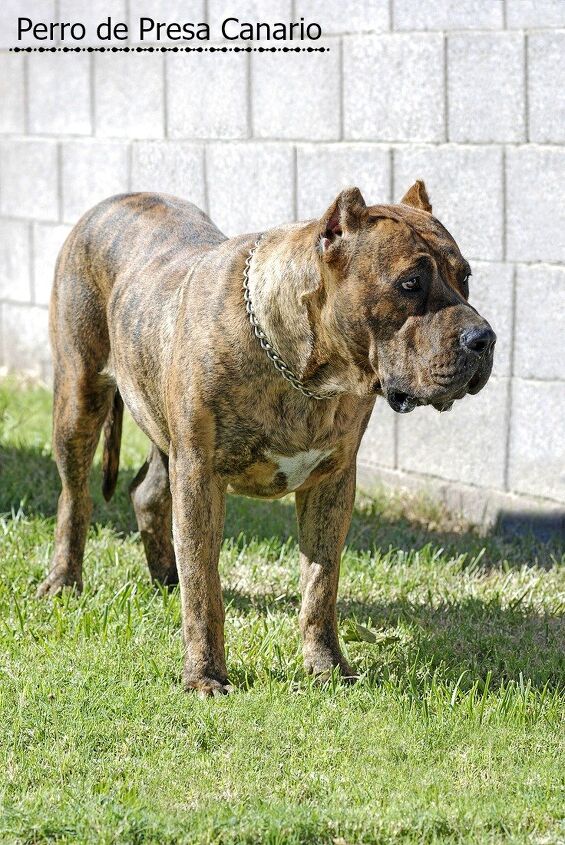
The Perro de Presa Canario was developed from giant Molosser-type dogs as well as various mastiff-type and bulldog-type breeds. After dog fighting was outlawed, the breed was combined with other protective breeds like the German Shepherd and the Doberman Pinscher and used for guarding. A sheepdog known as the Bardino Majorero was also added to the bloodline.
Food/Diet
As a large-breed dog, the Perro de Presa Canario should be fed a dog food diet formulated for breeds of its size. If you plan to train your Perro de Presa Canario for some kind of job, you may want to feed him an active or working breed formula. Be sure to choose a dog food made with high-quality ingredients including animal proteins and digestible carbohydrates.
These dogs are headstrong and powerful, so they require a firm and consistent hand in training.
Training
The Perro de Presa Canario is a smart and trainable breed, but it can sometimes be difficult to handle due to its massive size and independent will. These dogs are headstrong and powerful, so they require a firm and consistent hand in training. Early socialization is incredibly important for this breed to keep its aggression and protective nature under control. Throughout its life, the Perro de Presa Canario requires obedience refresher courses and the owner must always maintain a position of dominance over the dog.
Weight
The Perro de Presa Canario stands between 21 and 25 inches tall at the shoulder and weighs between 80 and 130 pounds on average. This breed has a strong, square and muscular build.
Temperament/Behavior
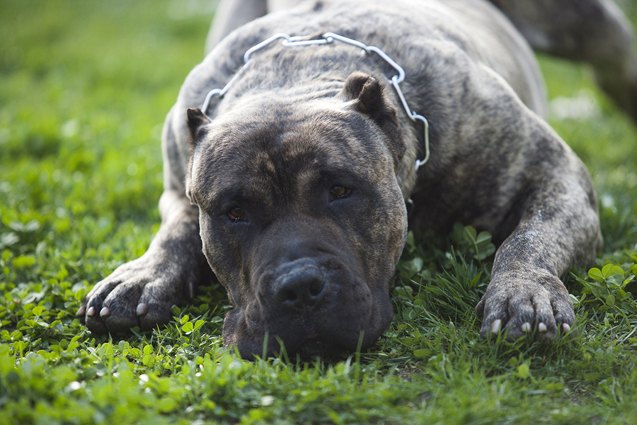
The Perro de Presa Canario is a strong-willed breed that has dominant tendencies. This, combined with the dog’s massive size, can make it a bit challenging to control. When properly socialized and trained, however, this dog can be calm and docile but it will always be a little bit independent. The Perro de Presa Canario is naturally protective and suspicious of strangers, so it makes a good guard dog. It is important to be careful with this breed around cats and other pets because it has a high prey drive and strong territorial instincts.
Common Health Problems
The Perro de Presa Canario is a fairly healthy breed, though it is prone to a number of orthopedic problems due to its massive size. This breed has a high risk for hip and elbow dysplasia, plus it has been known to develop osteochondritis dissecans. Other health problems seen in the Perro de Presa Canario breed include eye problems, epilepsy, hypothyroidism, and bloat (also known as gastric dilation volvulus). Responsible breeding practices and DNA testing can reduce the risk for congenital conditions in this breed.
Life Expectancy
The average lifespan for the Perro de Presa Canario breed is 10 to 12 years which is fairly long for a breed of its size.
Exercise Requirements
The Perro de Presa Canario is a moderately active breed and it does best when given a job to do. A long daily walk will generally satisfy the exercise needs for this breed, though it will also appreciate having some outdoor space to roam and play.
The Perro de Presa Canario is naturally protective and suspicious of strangers, so it makes a good guard dog.
Recognized Clubs
The Perro de Presa Canario is currently part of the Foundation Stock Service for the American Kennel Club, but the breed was recognized by the UKC in 2003.
Coat
The Perro de Presa Canario has a fairly short coat that is easy to maintain with regular brushing. The coat comes in a variety of colors including black, fawn, tan, and brindle or any combination of these colors. The AKC and the UKC accept black coats, but the FCI does not.
Puppies
The average litter size for the Perro de Presa Canario is fairly large, usually 7 to 9 puppies. Puppies of this breed are avid chewers and they grow fairly quickly so they have the potential to do a lot of damage. Early socialization and training is important for this breed.
Photo credit: Marko_Marcello/Bigstock; Eponaleah/Bigstock

